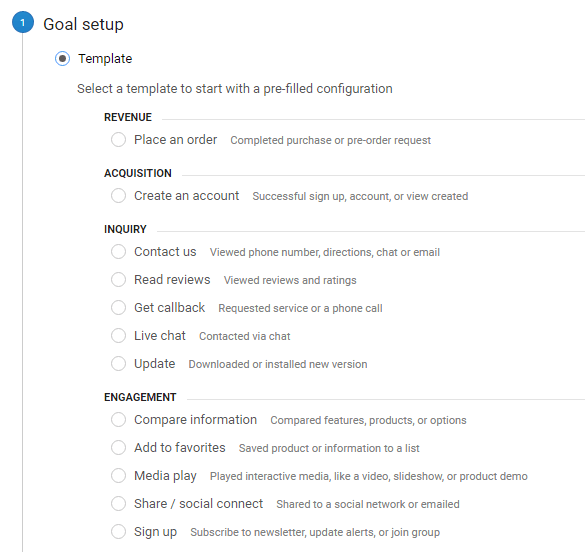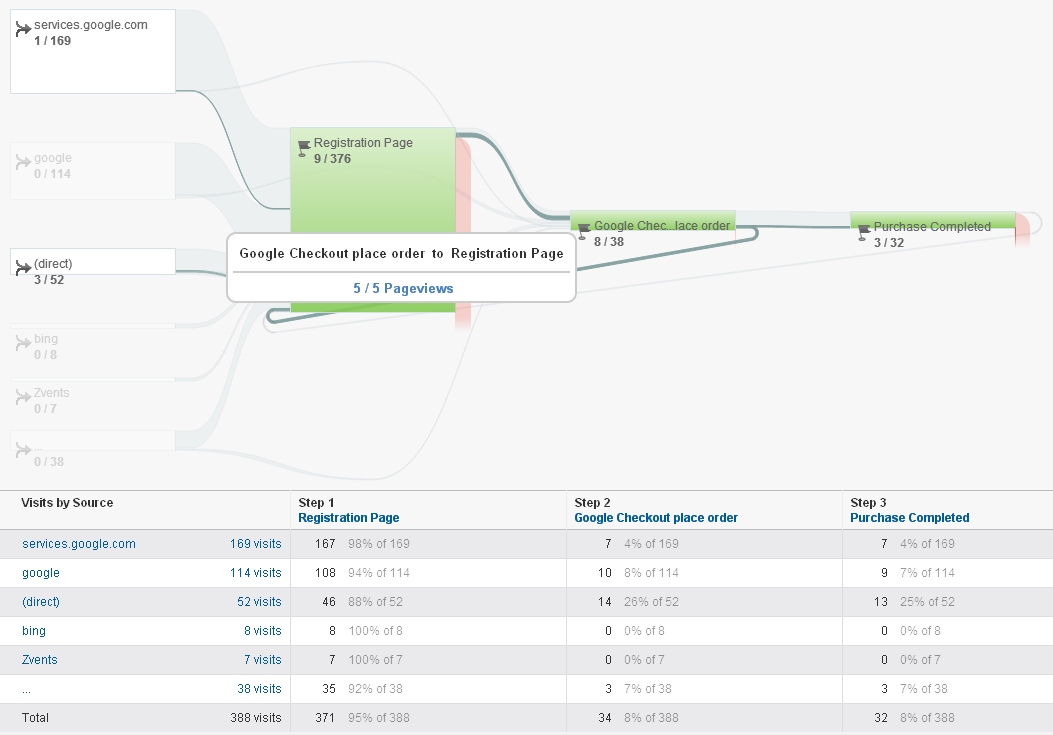Comprehensive Checklist of What Data Is Google Analytics Goals Unable to Track
Comprehensive Checklist of What Data Is Google Analytics Goals Unable to Track
Blog Article
Discover the Limitations of Google Analytics Goals: Unveiling the Information Kind That Remain Untrackable
As companies significantly depend on data-driven decision-making, comprehending the restrictions of tools like Google Analytics becomes paramount. While Google Analytics Goals deal valuable understandings right into customer interactions, there exist information types that thwart tracking, presenting obstacles to a comprehensive understanding of user habits. These untrackable data kinds question concerning the precision and efficiency of the analytics information that companies greatly trust for their electronic methods. Interested to uncover the hidden unseen areas in your information analysis procedure?
Incomplete Customer Journey Tracking
Incomplete customer trip tracking within Google Analytics can impede the ability to properly examine user actions. When the individual trip is not totally tracked, there are voids in the information that stop an extensive understanding of how users connect with a web site. This absence of understanding can cause missed opportunities for optimization and renovations to the user experience.
One usual problem with incomplete individual trip tracking is the inability to see the complete path that individuals take in the past completing a goal or leaving the website. Without this details, it is testing to identify where customers may be coming across challenges or rubbing points that avoid them from converting. Additionally, insufficient monitoring can obscure the influence of particular marketing efforts or web site modifications on individual behavior.
To resolve this restriction, it is vital to establish proper monitoring devices within Google Analytics to catch the whole user trip. This may entail setting up event monitoring, goal funnels, or making use of tools like Google Tag Supervisor to make certain that no essential interactions go unrecorded. By getting an extensive sight of the individual trip, web site owners can make even more educated decisions to boost user involvement and drive conversions.
Attribution Difficulties
Navigating with attribution obstacles in Google Analytics calls for a detailed understanding of just how different touchpoints contribute to the overall conversion process. Acknowledgment challenges arise from the intricacy of modern client journeys, where individuals communicate with several networks before converting.
One common acknowledgment challenge is the trouble in associating conversions to the proper resource, especially in cases where users interact with several networks prior to transforming. This can cause inaccuracies in determining which marketing initiatives are driving one of the most conversions. Additionally, cross-device tracking positions one more acknowledgment difficulty, as users usually change between tools throughout their trip, making it challenging to track their interactions seamlessly. Marketing experts have to meticulously analyze and translate attribution information to make informed choices and enhance their marketing strategies effectively.
Offline Conversions
Offered the difficulties linked with associating conversions properly in online channels, the dimension of offline conversions provides a significant chance for online marketers seeking a much more extensive understanding of their customers' trip. Offline conversions refer to actions that clients absorb the real world, such as making purchases in brick-and-mortar shops or over the phone, participating in events, or involving with published products - what data is google analytics goals unable to track. These conversions are vital for companies that operate both online and offline, as they supply valuable understandings into the performance of advertising projects across numerous touchpoints
Tracking offline conversions typically posed a significant obstacle for marketing professionals, as it was challenging to connect these activities back to details online interactions precisely. Nevertheless, with innovations in technology, such as the integration of CRM systems, distinct identifiers, and voucher codes, organizations can now bridge the gap between online and offline information to gain a more holistic view of customer behavior. By properly gauging offline conversions, marketers can maximize their techniques, allocate resources a lot more efficiently, and eventually boost the total consumer experience.
Cross-Device Monitoring
Cross-device monitoring plays an important duty in recognizing the interconnected nature of consumers' digital communications throughout several tools. In today's omnichannel globe, where customers perfectly switch click over here over in between tablets, desktops, and smart devices, tracking their habits across these tools is necessary for marketing professionals to get an extensive view of their consumer journey.

Furthermore, personal privacy problems and regulations such as GDPR and CCPA have even more challenging cross-device monitoring. With users requiring even more control over their information and raised constraints on tracking technologies, marketing experts must discover cutting-edge and privacy-compliant means to link user communications throughout devices.
Dynamic Content Involvement
Understanding customer engagement with dynamic content is crucial in enhancing digital advertising approaches for enhanced audience communication. Dynamic material describes internet site aspects that change based upon customer behavior, choices, or various other variables, using a customized experience. Nevertheless, tracking individual interactions with vibrant content presents difficulties for standard analytics devices like Google Analytics.
While Google Analytics can track standard interactions like clicks and web page views, it might battle to capture even more nuanced involvements within vibrant web content. what data is google analytics goals unable to track. Metrics such as time invested in certain dynamic components, hover activities, or interactions within pop-ups are frequently not easily measurable using common tracking This Site techniques. This limitation hinders marketing experts' ability to totally grasp just how individuals are engaging with dynamic web content and customize their approaches accordingly

Verdict
In final thought, Google Analytics goals have limitations in tracking insufficient individual journeys, associating conversions properly, catching offline conversions, tracking cross-device communications, and gauging dynamic content involvement. These restraints highlight the value of exploring extra tracking approaches and devices to obtain a more extensive understanding of user behavior and conversions past what Google Analytics can supply.
While Google Analytics Goals offer valuable insights into individual interactions, there exist information kinds that elude tracking, posing challenges to a detailed understanding of user actions.Incomplete user journey tracking within Google Analytics can hinder the capability to precisely examine customer habits. When the user trip is not totally tracked, there are gaps in the data that protect against a comprehensive understanding of exactly how individuals communicate with a web site.One typical problem with insufficient user trip tracking is the failure to see the full path that customers take in the past completing a goal anonymous or leaving the website. By getting an extensive sight of the user journey, internet site owners can make even more educated choices to enhance customer interaction and drive conversions.
Report this page